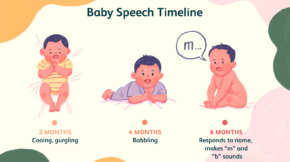Is Prime Hydration Safe for Kids?
Share
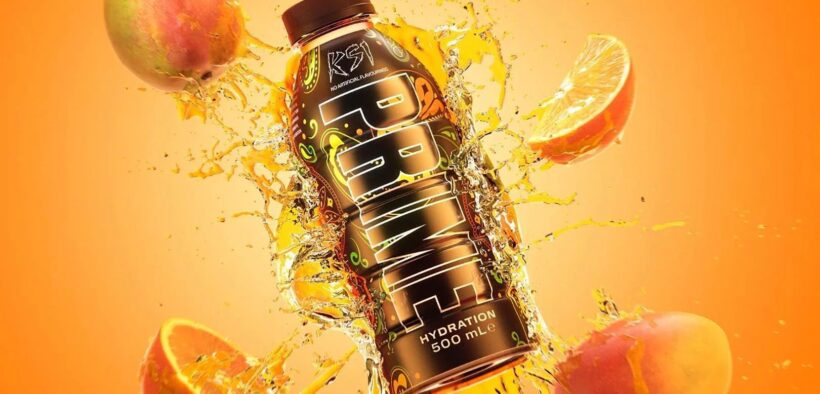
Prime hydration drink has been in high demand ever since its launch in early 2022. The drink has been Launched in the United States. The drink has cut into the market share of many existing brands in the sports drink market.
Although Prime Hydration drink has amassed an amazing number of users in the US, Canada, and the UK, there have been concerns about its use by children on account of the artificial sweeteners used in the drink.
Now let us look into the pros and cons of Prime Hydration drink and how good it is for the consumption of children.
Prime Hydration is Becoming Popular Among Teens
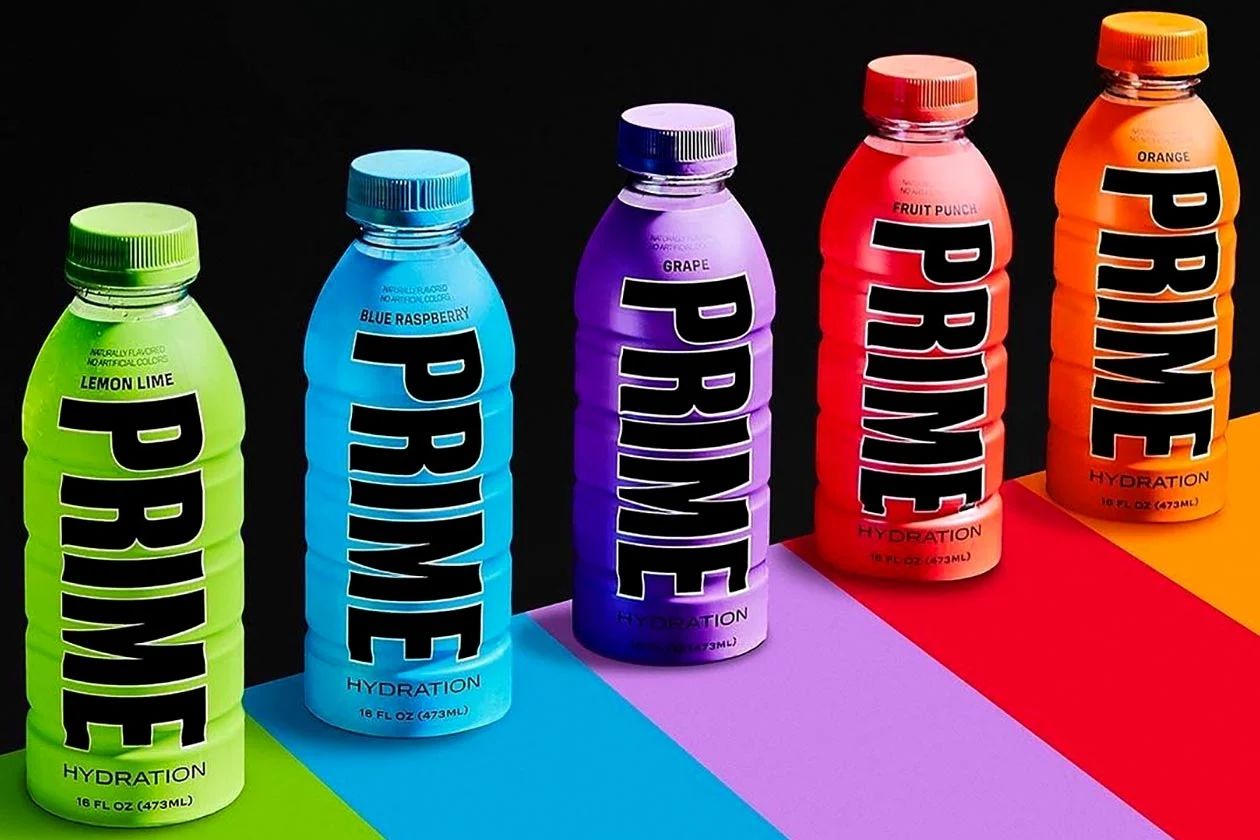
Prime Hydration drink has been marketed as a sports drink, while its new sibling Prime Energy carries the tag of energy drink. One of the reasons behind the product’s high growth has been its origin from social media influencers KSI and Logan Paul, who founded the Prime brand. The ex-rappers and boxers have a huge following on Instagram and Facebook.
Prime Hydration drink is promoted like other sports drinks such as Gatorade and other rehydrating drinks. Prime Hydration contains artificial sweeteners giving the drink a great taste, but there is no energy source.
One bottle of Prime Hydration drink contains nearly 25 calories. The founders of Prime drinks, KSI and Logan Paul, leveraged the large following on social media platforms to promote the Prime hydration drink and Prime Energy beverage. From a healthcare point of view, experts suggest kids are advised to use water for rehydration as it is easily available and risk-free too.
So, there is thinking that rehydration sports drinks are not suitable for children who only take part in routine games and recreational sports.
Sports Drinks Not Necessary for Children in Recreational Sports
However, those into extreme sports and undergoing vigorous exercises need electrolyte-rich sports drinks to rehydrate to optimize performance. For children, such exertion is rare, and drinking water to rehydrate electrolytes and carbohydrates will be a better option than taking sports drinks like prime hydration drinks with artificial sweeteners.
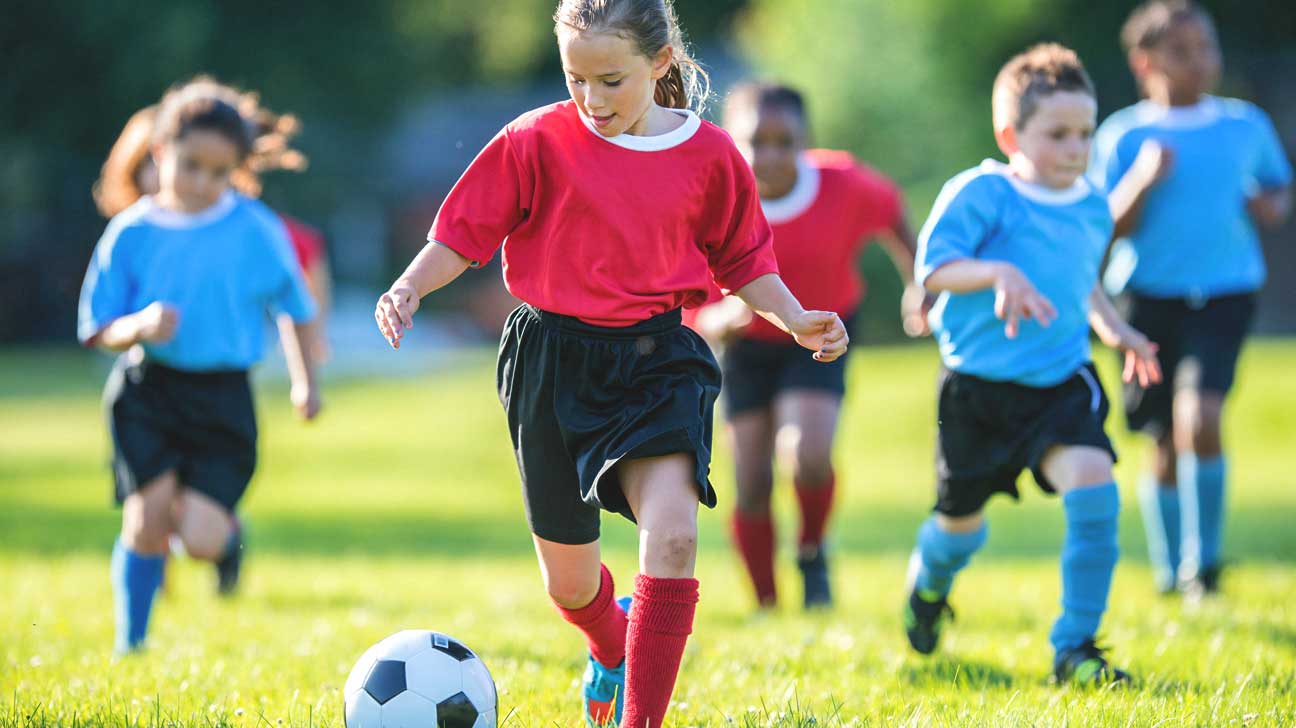
Consult a nutritionist: If your child is a young athlete and needs sports nutrition, first consult a nutritionist specialized in sports nutrition. The expert can recommend a rehydration drink containing electrolytes and carbohydrates to meet energy needs and replenish glycogen storage in the muscles and liver.
The Absence of an Energy Source is a Worry in Prime Hydration Drink
Prime Hydration drink has no presence of caffeine. It consists of water and coconut water, electrolytes, Vitamin B, Vitamin A, Vitamin E, and some artificial sweeteners. The concerns around Prime Hydration are mainly due to the lack of an energy source and the use of artificial sweeteners.
This is the ground for advising children against taking Prime Hydration more than a bottle per day. At the same time, using it casually once in a while is fine.
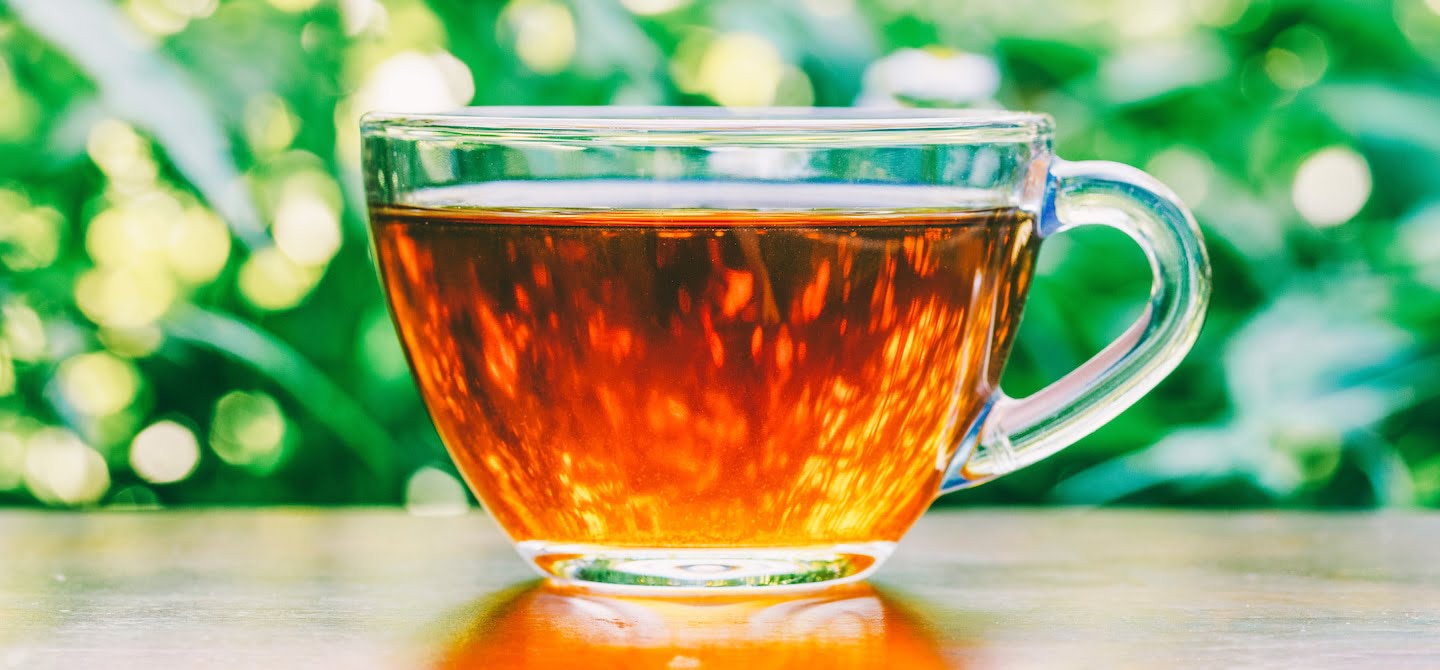
The brand’s Prime Energy drink is deemed risky for its high caffeine content, and adolescents under 18 years are advised against taking it. Prime Energy has been attracting criticism over its high caffeine content of 140 mg to 200 mg per can as risky and amounts to drinking 5 cans of Coke.
Harmful effects of Caffeine: High caffeine causes many side effects such as anxiety and stress, decreased concentration, headaches, stomach upset, and poor sleep quality. Excess caffeine also dehydrates the body.
Children Need More Nutrition, Not Sweeteners
Children face health risks from drinks that carry artificial sugars. What they need is more nutrient and energy-rich food for growth and development. Although there is nothing wrong outwardly about drinking vitamin water, the fact remains children are indirectly taking a lot of nutrients from the food they eat.
Excess Prime Hydration Can Invite Vitamin Toxicity
Prime Hydration drink contains high levels of vitamins C, B12, B3, A, and E. One expert notes that overplaying vitamin content is a double-edged sword.
The Prime Hydration drink shared the nutritional and ingredients data on its US website. But the data does not indicate the health effects of Aspartame or artificial sweeteners in the drink. Therefore, practical wisdom suggests that beverages like Prime Hydration drink should be consumed in moderation.
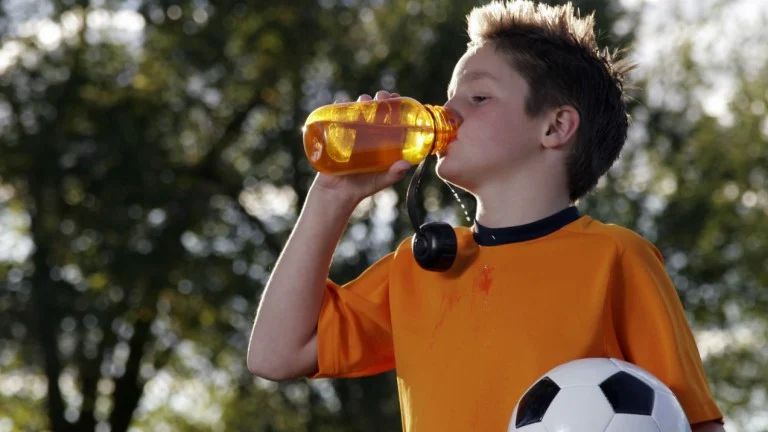
Vitamins A and E are fat-soluble, and the body stores them for later use. But fat-soluble vitamins become toxic when stored in the body in large amounts and put a strain on the liver.
To avoid consuming too much vitamin A, the person must decide whether to eat carrots or take Prime. Since one bottle of Prime Hydration drink can maximize your vitamin A levels, it is not recommended to eat carrots or other things.
All of this suggests that it will be healthy to take Prime Hydration in moderation or else choose a tried-and-tested alternative drink as a prudent option.
Alternatives to Prime Hydration Drink
Prime Hydration drink tastes great and ignites the appetite for repeated consumption, all the same, hiding its inadequacy as a source of energy. The challenge is that it does not replenish energy. The ideal composition of sports drinks for children should have components such as carbohydrates and electrolytes, as in Gatorade or Powerade.
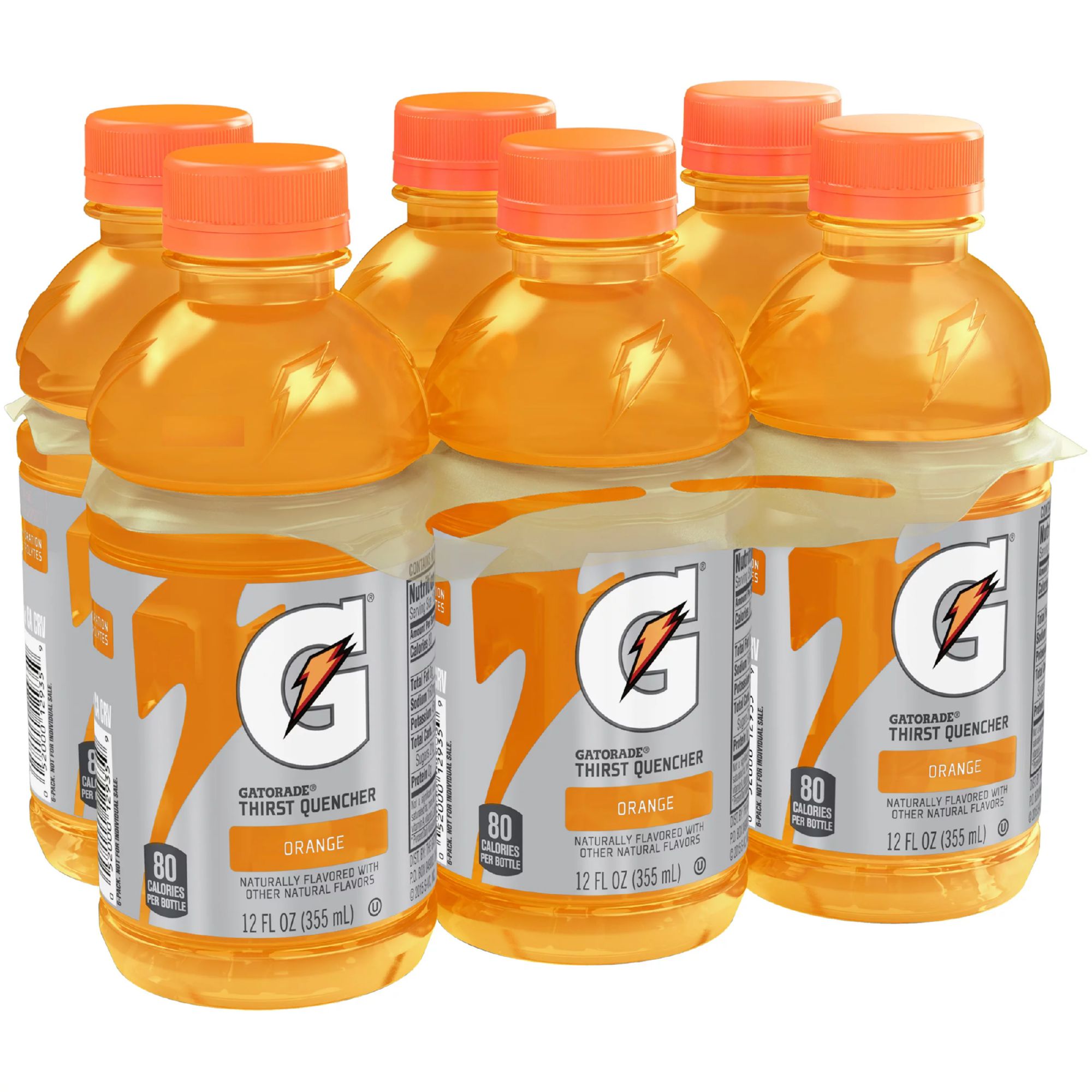
According to expert sources, a typical 12-oz soft drink contains 30-40 mg of caffeine oz. An 8-oz cup of green or black tea contains 30-50 mg of caffeine, while an 8-oz cup of coffee will have 80-100 mg of caffeine. Many of the top energy drinks fall within the range of coffee. An 8.4 oz Red Bull can carry 80mg of caffeine, and a 500 ml can Monster will have 160 mg of caffeine.
The above-mentioned drinks carry sugar.
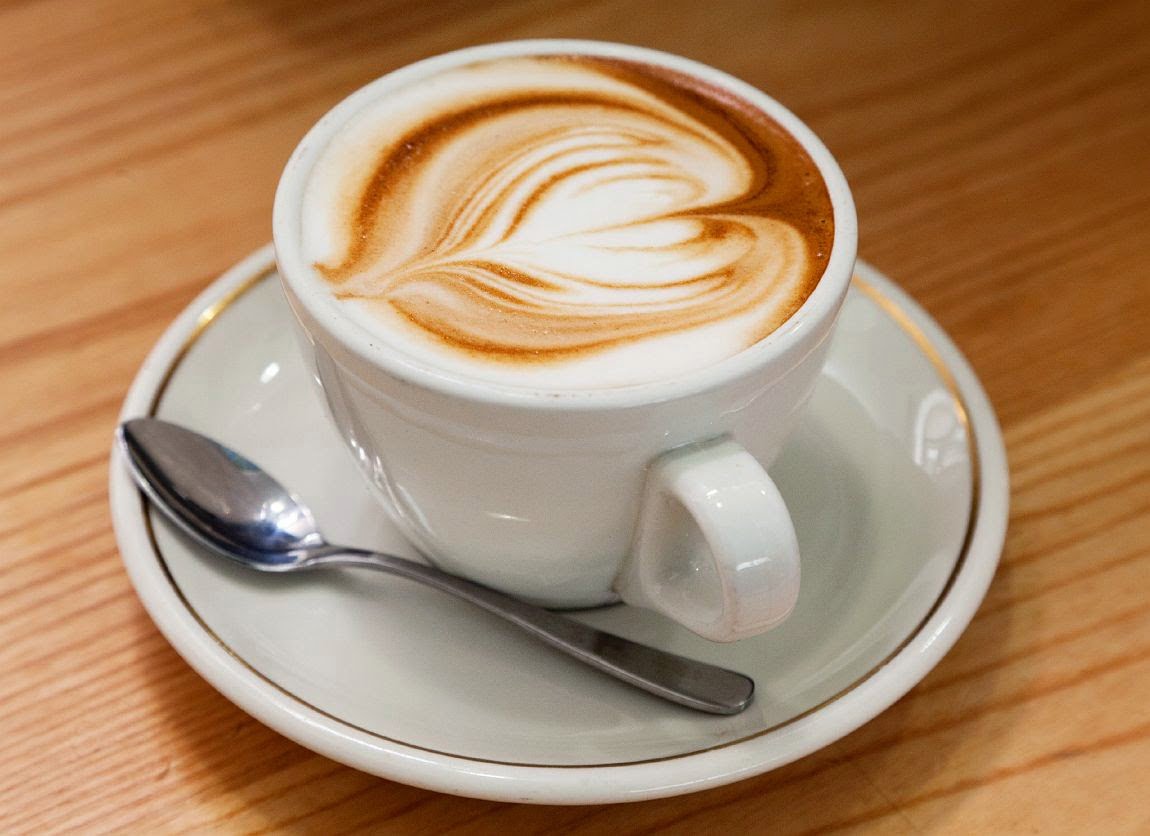
High Caffeine in Energy Drinks is Harmful to Children
High caffeine content is dangerous for everyone, especially children with undiagnosed heart disease. That is why Prime energy drink, the sibling of the Prime hydration drink launched by YouTube influencers, raised the hackles of officials, schools, parents, health professionals, and legislators. Pediatricians are strictly against serving caffeinated drinks to children.
Some doctors warn that caffeine’s effects on children will not confine to physical levels. According to them, any external substance introduced into the system of a teenager or young adult will have negative effects on their emotional and mental well-being besides breeding anxiety disorders.
Even if some children show tolerance to limited amounts of caffeine with fewer side effects, large amounts are sure to be contagious.
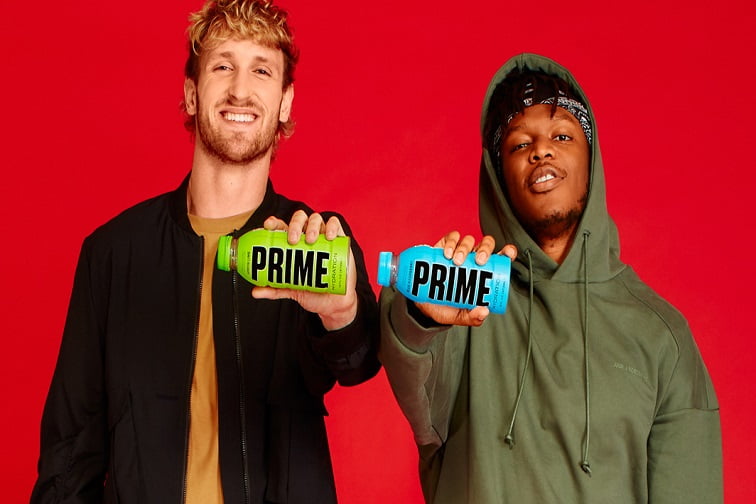
Sports drinks are sold as flavored drinks with ingredients like carbohydrates, minerals, and electrolytes such as sodium, calcium, potassium, magnesium, plus vitamins and other nutrients.
When it comes to energy drinks, stimulants have the upper hand, including caffeine and guarana, along with traces of amino acids, carbohydrates, proteins, vitamins, sodium, and some minerals.
According to nutritionists, the intake of energy drinks must precede assessing the body’s response and its ability to adjust to the caffeine content to manage the potential problems in a balanced manner.
As for children, sports drinks with electrolytes and vitamins will be safer. Parents need to encourage children and explain to them the risks and choose sports drinks wisely than opting for energy drinks high in caffeine and sugar.
Prime Hydration Growing as Darling of Social Media Fans
As noted already, a Prime Hydration drink fortified with vitamins, minerals, and fruit flavors is a darling of social media users. Its influencer origin has been its biggest strength, unlike other brands Gatorade and Glaceau’s Vitamin Water, which grew steadily over the years.
The statement of the drink’s founders, KSI and Paul, on the Prime Hydration website states that their goal is to create a “great hydrating drink that can energize any lifestyle.”
1. Smart Marketing and Packaging of Prime Hydration
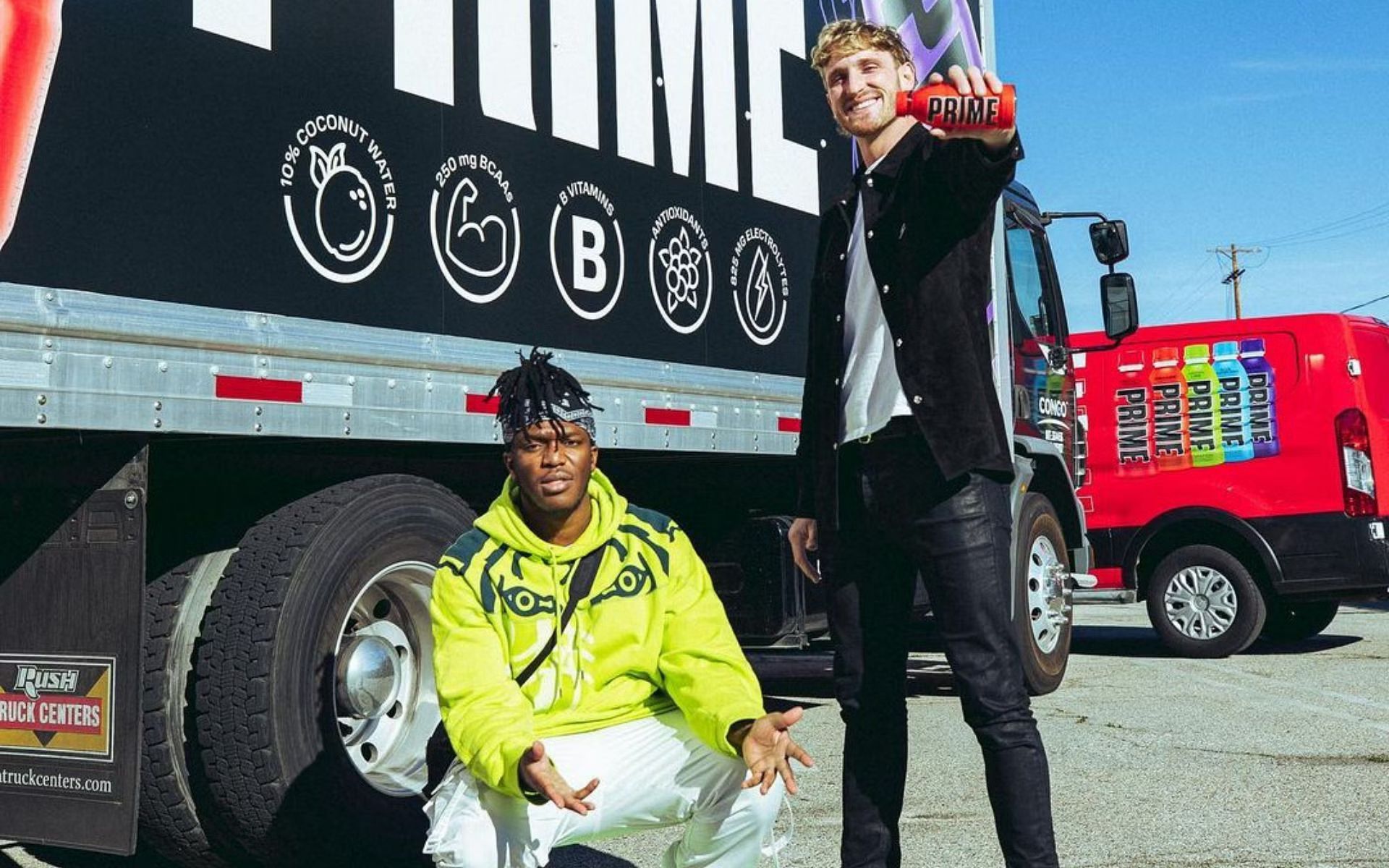
Prime Hydration has no added sugar but is sweetened with Acesulfame potassium and Sucralose like many sugar-free soft drinks. While kids are cautioned against overconsumption of Prime Hydration drinks and non-use of Prime Energy, the vibrant packaging and assortments of flavors, including Blue raspberry, ice pop, and meta moon, fascinate the potential users.
The drink has also succeeded n catching the imagination of top advertising giants and events, including the flashy Super Bowl and NASCAR commercials. Arsenal Football Club in London also signed a joint marketing agreement with the brand.
2. Launch of Prime Energy after Prime Hydration Drink
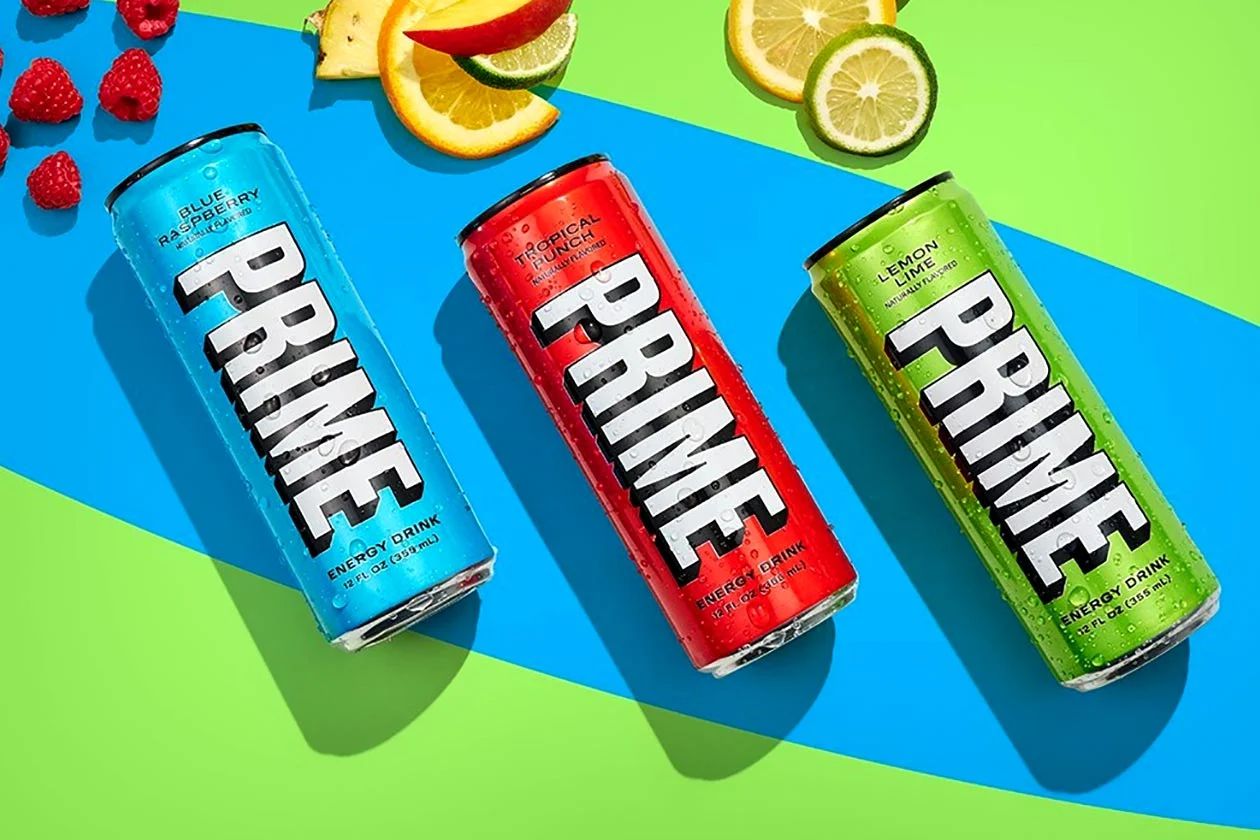
In January 2023, a year after launching Prime Hydration, Paul and KSI moved into the energy drink business. The Prime energy drink is offered in the same super-sweet fruit flavors as Prime Hydration and draws power not from sugar but from coconut water and the energy-producing amino acid Taurine.
But the 200mg caffeine content per serving has alarmed as it is too high compared to Red Bull which has 80 mg per serving, and Monster 160 mg, and a cup of coffee between 100 and 200 mg. A can of Prime Energy has exceeded the FDA’s stipulation of a maximum daily caffeine intake of 100 mg for children in the 12 to 17 age group.
Lawmaker Calls for FDA Scrutiny on Prime Energy
Complaints and words of caution about the dangers of energy drink abuse and the hype of some labels, including Prime Energy, forced an American lawmaker to call up FDA Commissioner Robert Califf to check the details of Prime energy drinks. New York Senator Chuck Schumer wrote to the head of the FDA that the Prime energy drink is a “serious health concern for children that it is wildly targeted.”
Noting that Prime is so new and most parents do not know it, Senator Schumer pointed out it was born out of the reels of social media and the mysterious world of influencers.
Demand Drivers of Energy Drinks

Most energy drink manufacturers claim their products improve energy levels. The rapid growth of the energy drink market is also driven by the belief that they provide instant energy as well as mental and physical stimulation. In most energy drinks, in addition to caffeine, taurine is one of the ingredients that stimulate cardiovascular function and skeletal muscle growth.
The key market drivers behind the expansion of energy drink use have been the growing health awareness and changing lifestyles of consumers.
Teenagers are the largest user group of energy drinks, and they are heavily active on social media. Among energy drinks, non-alcoholic energy drinks enjoy the highest market share promising improvements in physical and cognitive performance. The caffeine part in energy drinks plays up alertness and improves mood.
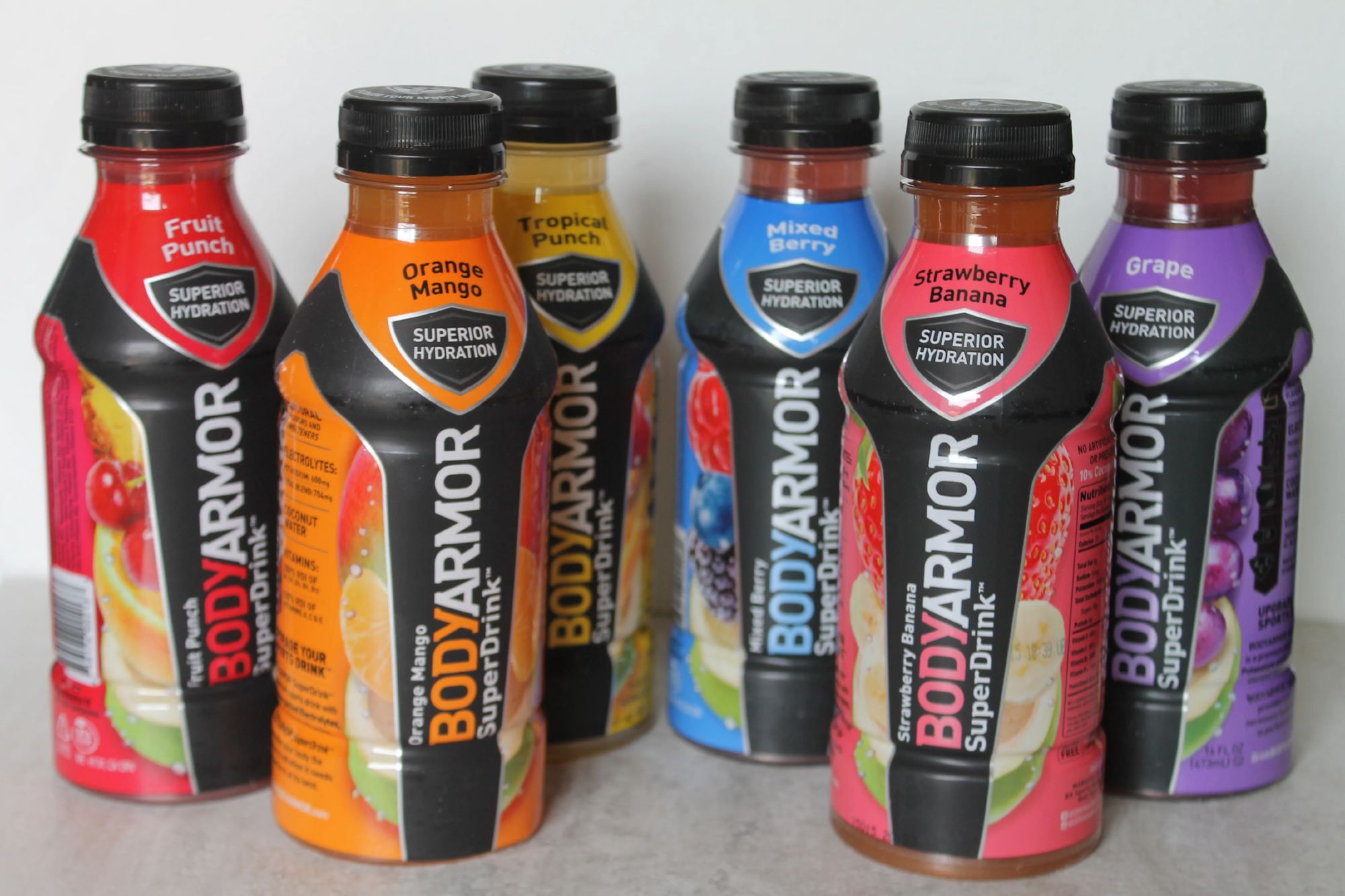
Prime Hydration drink is competing with many established sports drinks, including Bodyarmor, owned by Coca-Cola. The latter claims it offers superior nutrition, hydration, and taste. It combines proprietary blends and coconut water to protect and hydrate. Delicious with twice the electrolytes of top sports drinks,
Market Growth of Energy Drinks Riding on Lifestyle Changes
When it comes to Prime Energy which triggered both high demand and huge criticism, the main competition will be Celsius. Celsius energy drinks enjoyed good demand and got a higher market share. The brightly colored beverage claims to boost healthy energy, faster metabolism, and burns body fat. Celsius has five variants.
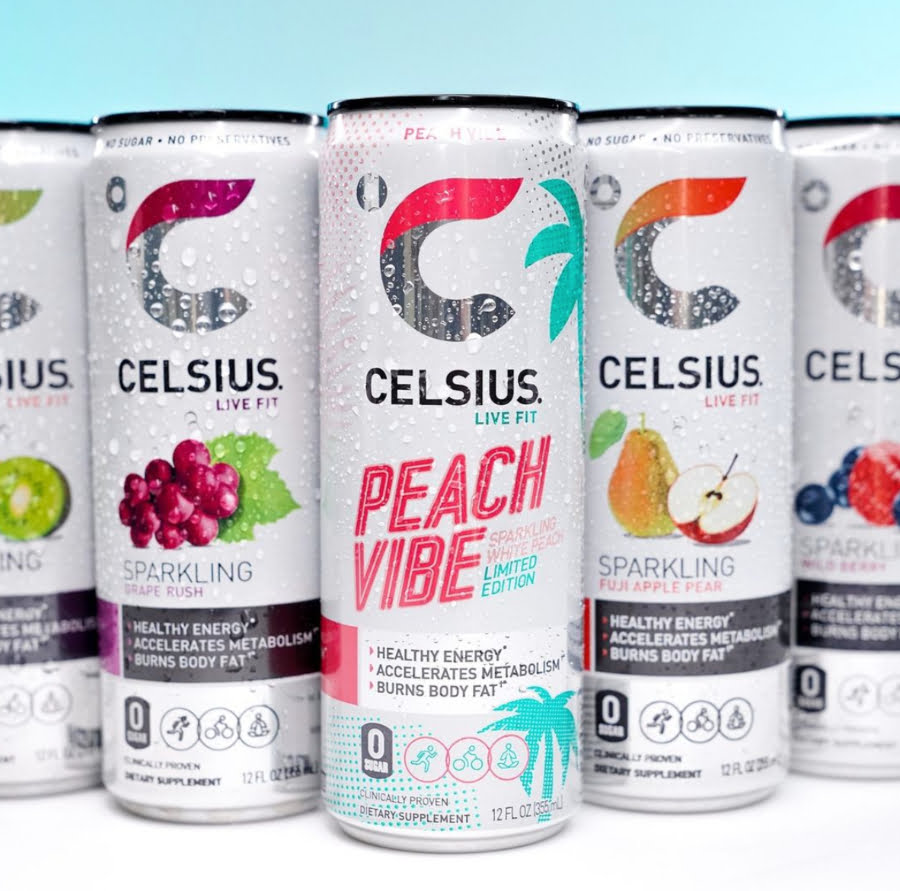
The Celsius beverage claims it is zero calories. Although the additives are safe, people with certain food sensitivities or gut health problems may face problems in their digestive system, according to experts. Celsius claims it contains no artificial sugars, colors, or flavors.
As for the amount of caffeine in the drink, there is no clarity, but it is assumed to be around 200 mg, which is the standard for daily intake and falls within the 400 mg upper limit. However, people with high blood pressure or anxiety problems have to be careful about the caffeine they consume.
The key stimulants in energy drinks, both in carbonated and non-carbonated versions, have the same pattern – caffeine, taurine, guarana, ginseng, and others.
As for sports drinks like the smartly marketed electrolyte-rich beverages like Prime hydration drink, the appeal to segments looking to fuel the body during or after physical activity will continue. The important part of not falling prey to the risks of energy drinks is to step up user awareness in all age groups, including children so that rational use is encouraged without damaging health.
Conclusion
The round-up has focused on the health impact of highly-hyped, smartly packaged drinks on children who are easily influenced without much knowledge of the repercussions on health.
The discussion highlighted the content of these drinks and compared the Prime hydration drink with other best-selling drinks in that category. Adolescents and youngsters are turning to such readymade drinks as energy and hydration boosters as part of the new lifestyle.
The discussion has not raised any pitch for total abstention from the drink but only advocated moderate use.














